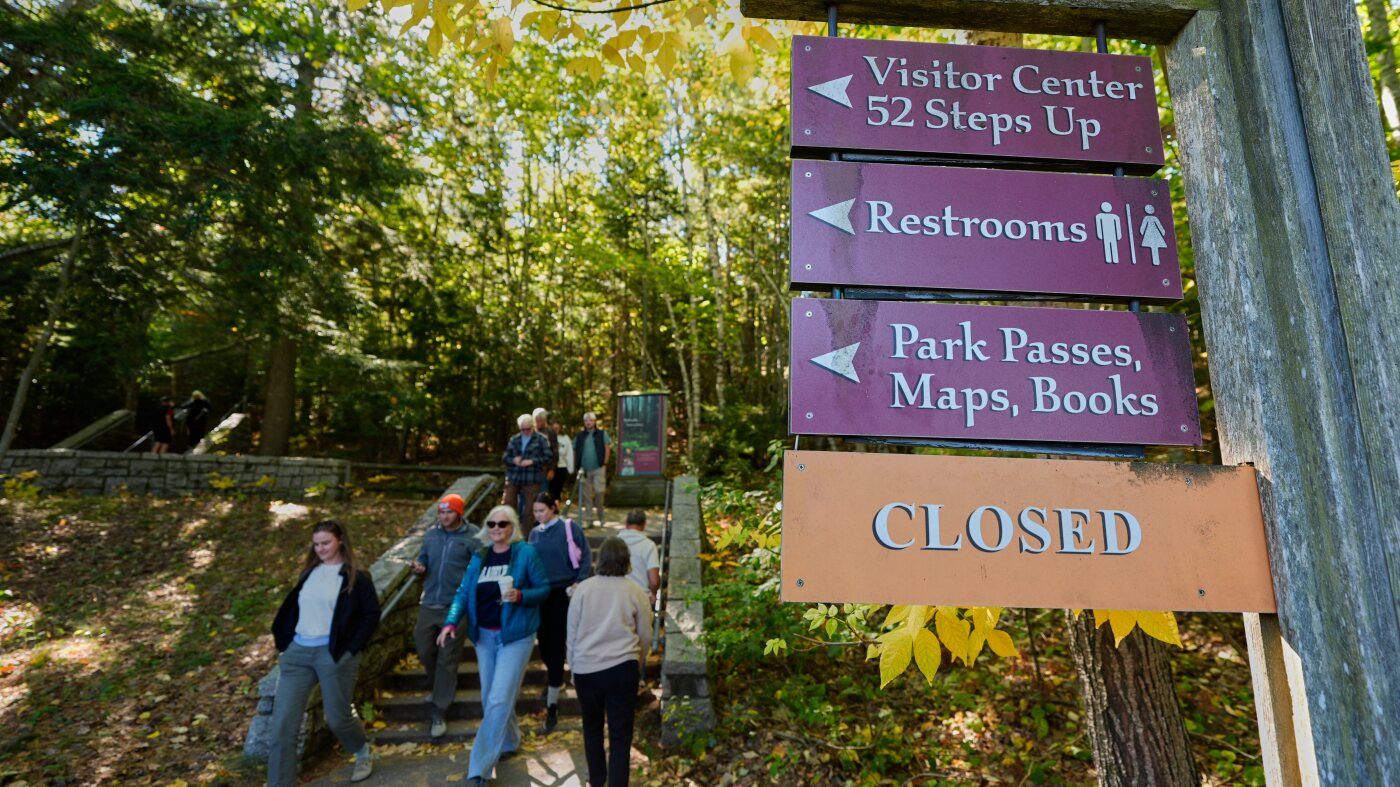Right now, Congress is struggling to reach an agreement on funding the government, and it’s affecting national parks across the country. Many parks have closed their doors or are running on reduced staff as the shutdown drags on.
Visitors are confused. There isn’t a clear plan for what parks are open or what services remain available. A notice from the National Park Service (NPS) says parks will stay open, but some services may not be there. For instance, while park roads and trails may remain accessible, visitors won’t receive regular updates on conditions.
The contingency plan from the NPS states that park staff will post signs informing visitors about limited services. Basic maintenance like restroom cleanliness and trash collection may still happen, but some locations may not offer any services at all.
Interestingly, some states have stepped up to keep their parks open during this funding crisis. Parks in places like West Virginia, Utah, and Hawaii have managed to gather funds to continue operations, as mentioned by National Parks Traveler.
However, not everyone has been as lucky. Take Kathy Ten Eyck, who flew from New York to visit White Sands National Park in New Mexico. She arrived only to find the park closed. “I’ve been waiting years to see this place, and it’s just disappointing,” she said. Another visitor, Kathy Theriot, expressed similar feelings, echoing disbelief that her children couldn’t see the park she loved as a child.
There are also growing concerns about safety. Without enough staff, parks may not be safe for visitors. In past shutdowns, parks like Big Bend and Padre Island had reports of vandalism and neglect. During a previous shutdown, an ancient rock at Big Bend faced damage due to a lack of monitoring. Past experiences have prompted advocates to call for closing parks if staff levels are insufficient.
Stephanie Kurose from the Center for Biological Diversity argued against keeping parks open under such conditions, stating, “We’ve seen the irreparable harm that can happen when our parks go understaffed.” She referred to issues like vandalism and overflowing trash, saying it tarnishes natural wonders.
This isn’t the first time funding disputes have hit national parks hard. The shutdown from December 2018 to January 2019 lasted a record-breaking 35 days and resulted in severe damage. Reports emerged of incidents such as tree cutting and illegal road building at California’s Joshua Tree National Park.
The National Parks Conservation Association has also voiced concerns, highlighting the risks posed by keeping parks open without sufficient staff. “It’s dangerous,” said NPCA’s president, emphasizing the need for government action to protect both visitors and the parks themselves.
As this situation continues, it remains uncertain how long the shutdown will last and what it will mean for one of America’s most cherished landscapes.






















